An introvert's guide to creating things people want
Understanding people and how they want is challenging. We have more information than insight and less time than ideas. Let's tackle those!
Ended
"Your life has no meaning."
Surprise -- that is how Prof. Bernard Roth of the Stanford d.school starts his apply-design-thinking-in-your-own-life class.
It's not meant to be depressive. Rather, it is empowering.
For me, and for most of his students, realising that nothing has meaning until I assign it meaning implies that...
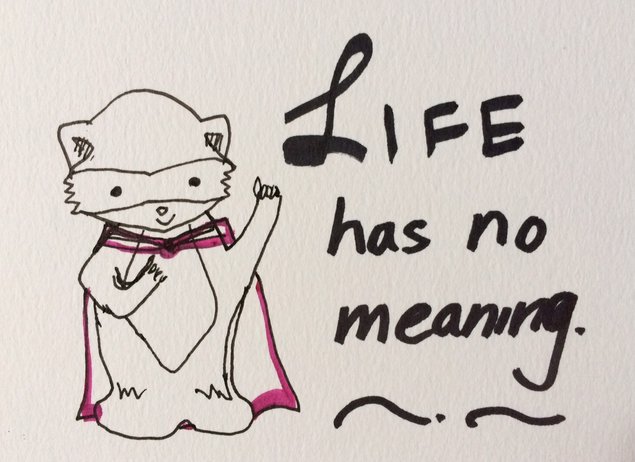
Actions, too, have no meaning.
But, actions are meaningful to us because we attach beliefs to them. We react to others based on what we believe about their actions, and we behave based on what we believe to be true.
That is why new habits often don't stick -- they are just new actions, without new beliefs.
Once the assumptions behind old actions are recognised, they can be tested and changed. A revised belief means change that lasts.
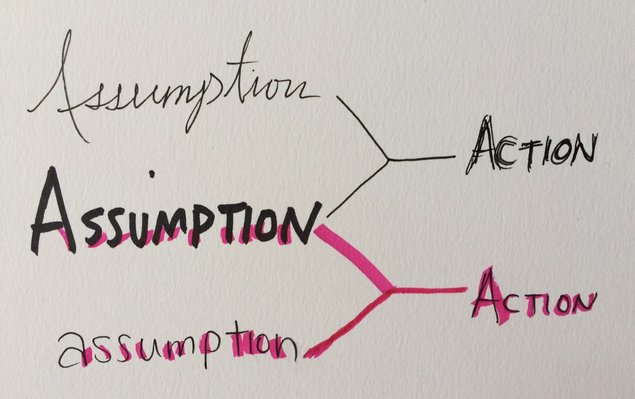
This framework comes from Immunity To Change by Robert Kegan, and Lisa Laskow Lahey.
You'll recognise elements of the Lean startup process or the scientific process in their strategy for change:
Go out and test it! For me, it's fun to imagine a social interaction or a work session is really an experiment on myself.
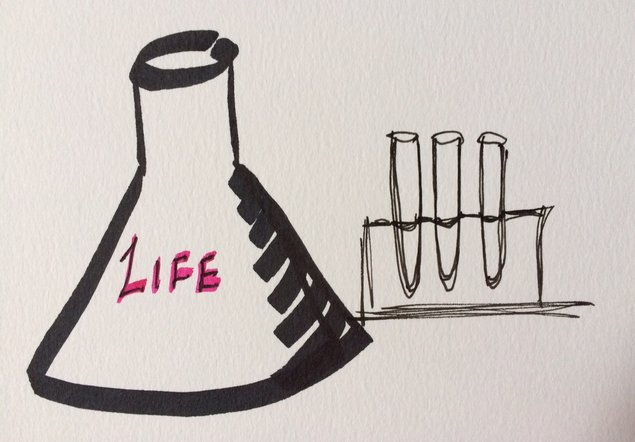
Another key part of creating habits/solutions that stick is solving the right (and often surprising) problem!
Bernard Roth posits that often, when we are trying to solve a problem, we are really trying to finalise a specific solution.
We end up focusing on building a better mousetrap when really, we are trying to solve the mouse problem. The true problem, need, or desire is still unaddressed!
One way to get around this is to pretend our "problem" is actually a solution -- this works for personal problems or business ones!
Here's a fun example from Roth's The Achievement Habit book:
What question is “Find a spouse” the answer to? There could be many.
Some possibilities are:
How might I get companionship?
How might I get taken care of?
How might I stop working?
How might I have (more) sex?
How might I get my parents to stop nagging me?
How might I move to a better economic situation?
How might I improve my social life?
How might I keep up with my friends?
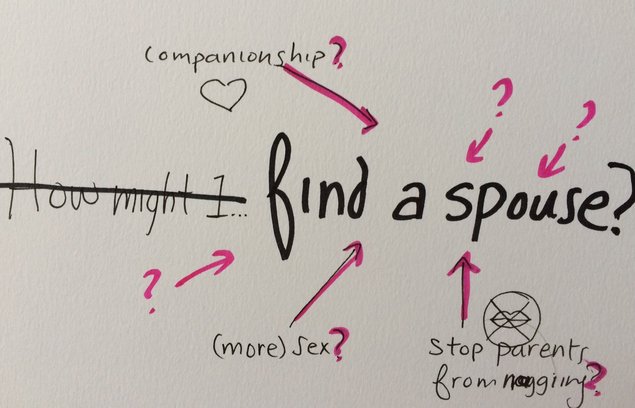
Here's another way to get unstuck from thinking about a specific solution -- one that I find quicker, particularly during conversations: "what would solving this problem DO for me? What impact do I expect it to have?"
For example, I might say I want to...
Then I ask: how might I get those desired "impact"s another way?
I realise there are many other ways to feel how I want to feel, focus on what I want to do, or untangle my thoughts.
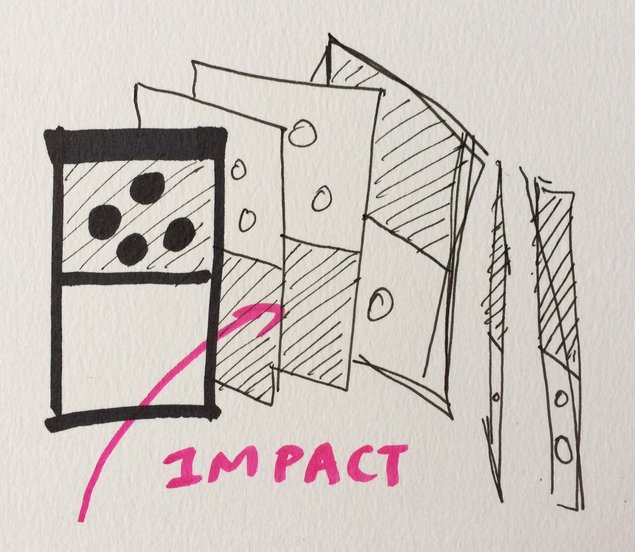
Whether for business or personal problems, this kind of (design) thinking creates seemingly out-of-the-box solutions and sustainable changes/products.
When I began to apply these "business innovation" concepts to my day-to-day life, I noticed more spaces for growth and enjoyment opening up!
Angela O
angelaognev@gmail.com